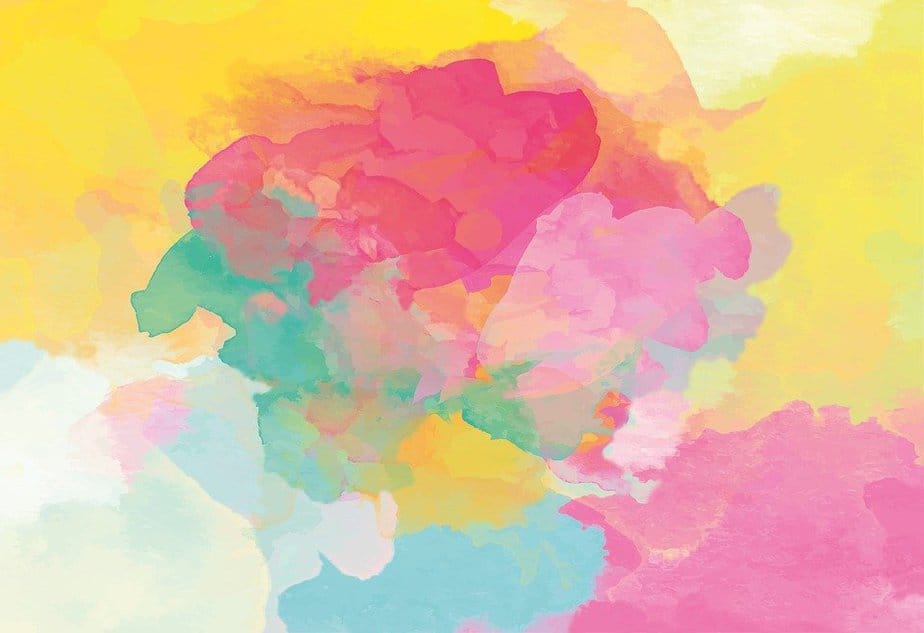
What are Soft Pastel Techniques? There are two types of dyes that we use in soft pastel painting. These are organic and inorganic. Organic dyes are called pigments. Organic dyes are obtained from plants containing various colored substances, animals with colored shells, and animal feces. Non-organic dyes are made from various colored stones, colored clay, and colored soil. Non-organic paints are more durable than pigments.
Grinding Soft Pastels
- The colors don’t need to been ground into tiny pieces. When we look at the color powders used by painters in the past, it seems that they are about 10 times larger than today. The paints used by the old painters are more durable because the particles are larger. Soft pastel paints must be light-resistant. The causes of degradation are Some oils, sticky substances, gases, and rays.
Soft Pastel Techniques
- Although soft pastel applications are similar to the pencil drawing technique, they are gradual because of different intensity colors. More efficiency can be obtained from the paint by using auxiliary tools. For example, the paint can be distributed more easily with a piece of cloth or felt. Soft pastels are more suitable for complex techniques and applications—ideal for fast and slow runs.
- These paints give very good results in shading work. If you are going to use it for the first time, you may have a little difficulty in distributing the sharp lines you have made, but you will get used to it. Before starting to draw, it will make it easier for you to file the paint’s sharp edges on the paper. You can use this paint by spreading it with a finger or a sponge. If you have used this paint on the wall, you should use varnish to fix it.
- If you are a model maker, this paint is also used in the aging of the model. You can easily achieve a soaking or darkening effect with this paint. It is enough to dust a little from the paint using sandpaper or a utility knife in practice. You can find this paint in many places that sell artistic materials. Care must be taken, as it is easily smeared paint.
- In terms of structure, it is much easier to dominate than oil pastels. The coloring gives satisfactory results in creating light and shadow. The bad feature may be that it finishes and diffuses quickly. These paints are similar to chalk. They are very intense in color and powder structure. They were mostly square or rectangular, and their thin edges are used to shape details.
- Since you cannot get new colors by mixing these paints with a palette’s help, it would be better to buy a set that contains many colors. Many artists who use crayons prefer not to mix colors so that you can achieve much more realistic results. Pastels can come in many different shapes and forms, but the painting techniques are similar in general.
- As with all painting techniques, what you need to do when painting with pastel paints is to start painting by creating your background first. Due to its structure, it is very easy to go beyond the lines when using pastel paint, especially since the dust spreads too much. Therefore, if you pass over the same places several times, you can make your lines clear. When painting with pastel paint, be careful to go from dark to light color because it is very difficult to do otherwise.
- Perhaps we have always started with pastel paints, considering that it is easier to use since our childhood painting lessons. However, pastel painting has many different versions and techniques to learn. First of all, the quality of the paint to be used is very important. If you are used to using other paints, pastels, You may find the paint strange at first because it is a solid form of paint.
- Soft pastel is the right choice for still life works. Contouring can be done easily by using the flat surface of the paste. If you want hard textures and shadows in your painting, not soft, you should not mix colors. Soft pastel is a suitable material to create layers by applying several times. Since it is a dry paint, it does not require a tedious process such as waiting for it to dry on paper after applying it.
Some things to be considered for the longevity of the use of soft pastels
- You should get an upright easel and a base so that the pastel residue will not stay on the painting and will fall off.
- You should get a spray to stabilize the pictures you have made, but be careful not to use the spray in excessive amounts, or the structure of your picture may deteriorate, and its brightness may disappear.
- It is always better to use papers specially developed for a pastel. These are textured papers. The color of the paper is also important to achieve the best effect. Colors should be preferred that will not tire the eye and rest the audience. Personal skills are, of course, very important in the use of techniques.
- After you start painting, you will learn about many paints, such as soft pastel paints, oil paints, acrylic, and watercolors. The important thing is to practice constantly and correct mistakes. You can imitate old paintings when you start new. You can learn their techniques and create your technique over time. If you have a painting technique you want, you can take a private lesson or try it yourself and achieve the results you want over time.
Soft Pastel Techniques- A Clear Guide
